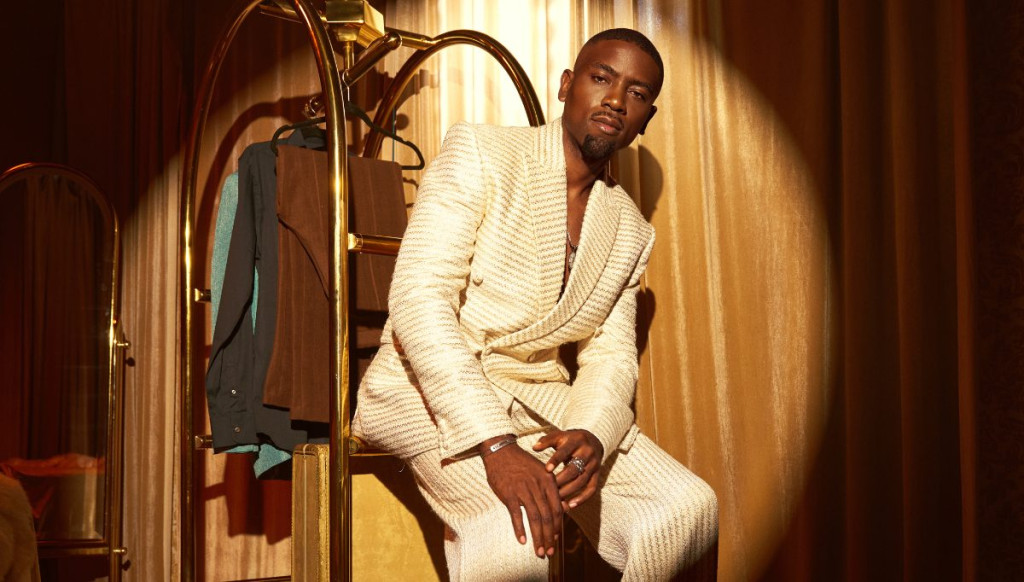From his early days in West Africa to creating unforgettable moments on the world’s biggest red carpets, Ugo Mozie has built a career rooted in culture, creativity, and innovation.
He is more than a stylist; he is a fashion architect, a creative director, and now, the founder of Eleven Sixteen, a luxury brand that is rewriting the narrative of African fashion on the global stage.
At just 18 years old, Mozie made his debut with his first fashion line, Aston Mozie, during New York Fashion Week.

“In 2009, I had my first little fashion show in New York City. My friends Coco and Breezy and my homeboy Quinn and I, we came together, we designed a collection and we showed it at the same time during New York Fashion Week,” Mozie recalls in our exclusive interview.
It was the first step he took that proved he could really do it. The response was phenomenal, and magazines like Vogue covered the show. “That was the first affirmation that I needed to know that it’s possible and I could do it,” he shared.
That affirmation propelled him into some of fashion’s most rarefied spaces. By 23, Mozie was appointed U.S. PR Director for Vivienne Westwood, a role that confirmed his ability to navigate the upper echelons of an industry that has historically excluded Black people, especially Black men.
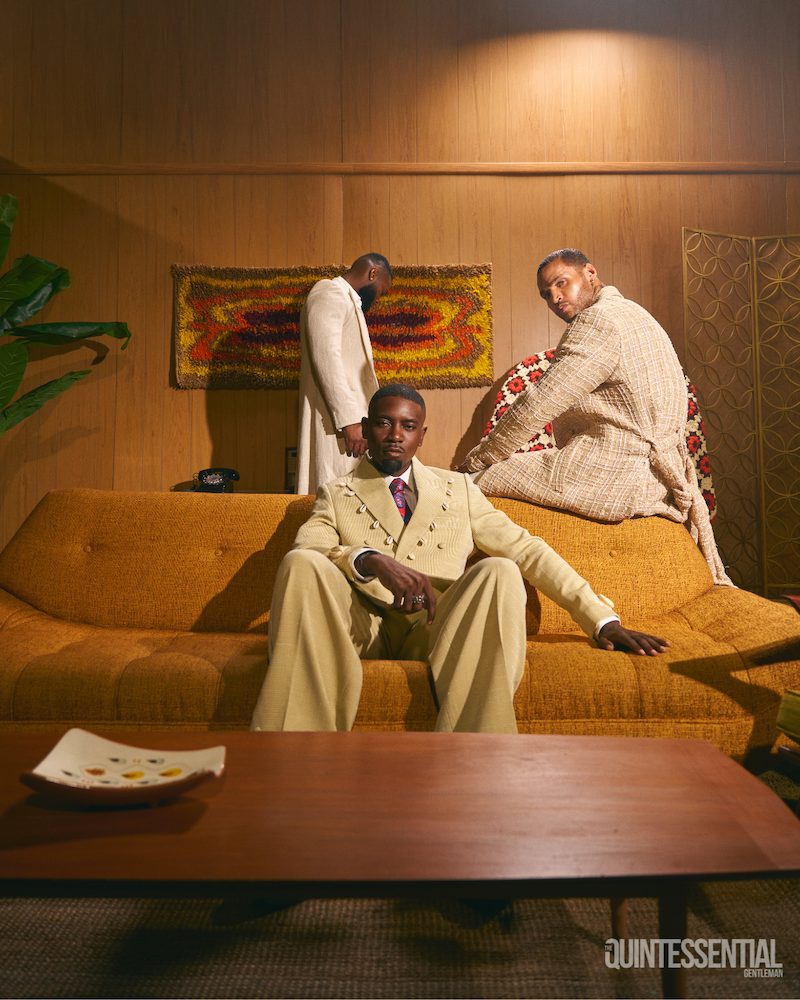
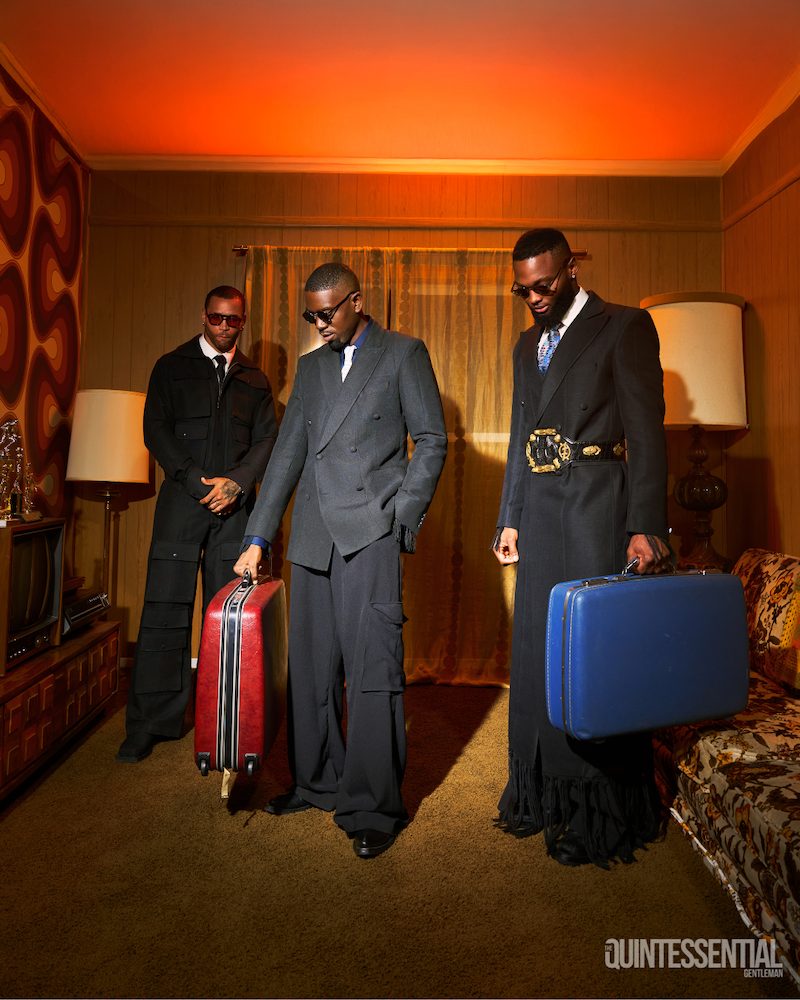
Mozie explains that Black artists often have to work harder than others just to gain visibility and access in the fashion industry. Yet he acknowledges how the industry has begun to shift. With social media amplifying authentic voices, validation from traditional gatekeepers no longer defines success.
“But it’s so beautiful to be in a space where you don’t have to necessarily have validation from these gatekeepers… You don’t have to be on the cover of Vogue to be a successful designer.”
For Mozie, one of the earliest defining moments came in 2015, when he dressed Justin Bieber for the Met Gala in collaboration with Olivier Rousteing of Balmain.
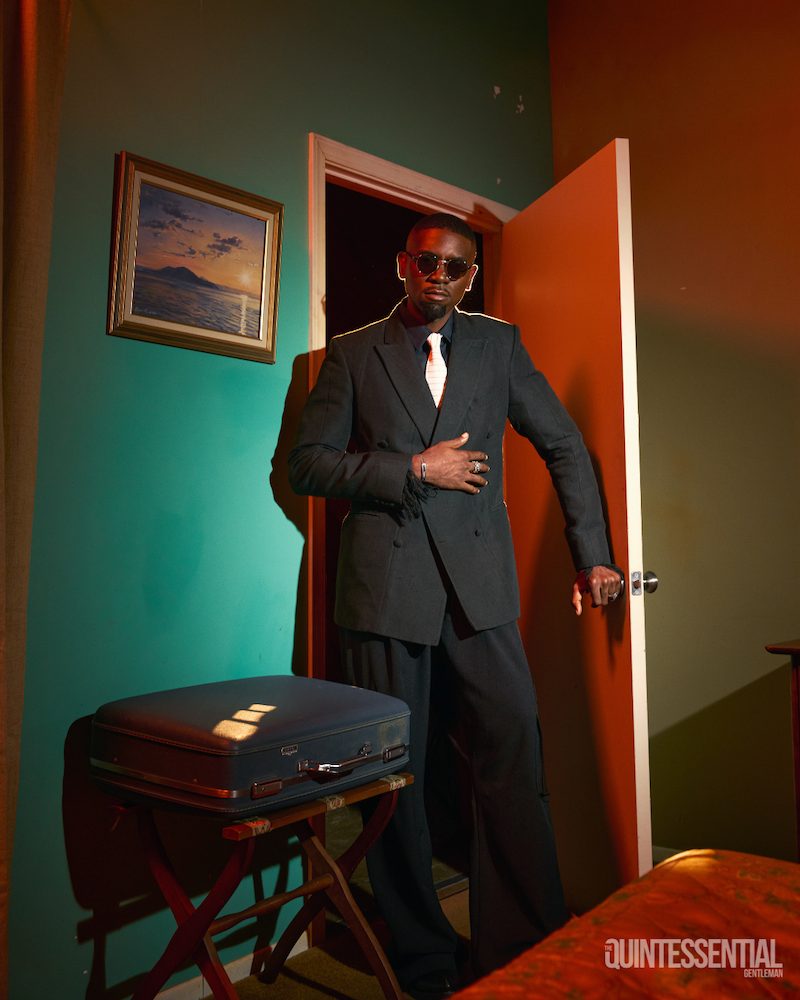
“That was a moment for me that just really allowed me to showcase my position and my power and my artistry at the same time. By being able to lock in one of the biggest superstars in the world and having them placed with this brand… the moment it created, it was very defining for his career, for my career, and for the brand itself.”
Fast forward a decade, and Mozie is still creating moments that shift culture and solidify his reputation. Styling Diana Ross for the Met Gala was nothing short of historic, becoming one of his most exciting projects to date.
“Styling the Queen, Diana Ross, for the Met Gala honestly was a dream that I didn’t even think was even fathomable,” Mozie reflects. “She wanted to leave a moment that would be remembered in history. She wanted to have her grandchildren and her children represented somehow in this gown. So, I worked with these incredible seamstresses and tailors. My team of like 11 people came through night after night, hand beading, hand stitching, embroidering Swarovski crystals all over this 20-foot cape. Ultimately, it was a labor of love.”

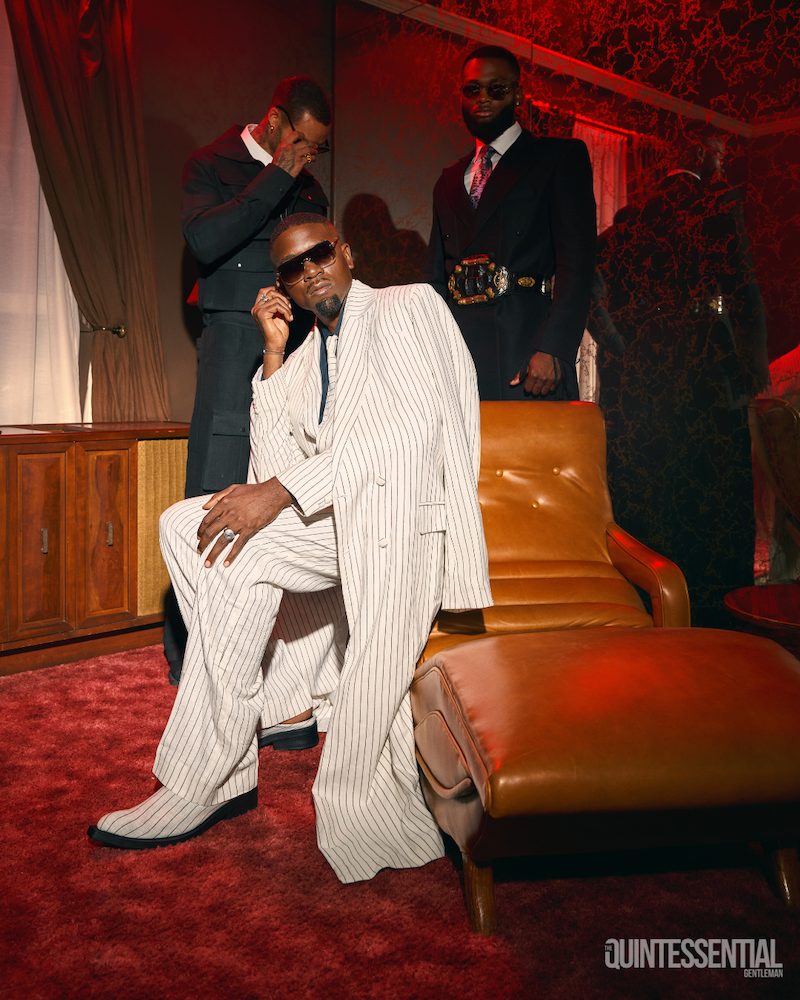
Shortly after, Mozie’s artistry was once again on display—this time for a new generation. He designed looks for Blue Ivy Carter on Beyoncé’s Cowboy Carter tour, creating delicate, meaningful creations that honored global cultures while respecting the innocence of youth.
“When it comes to dressing a preteen… you have to be very sensitive, very fragile, make her feel special and feel great, but still be appropriate and still be acceptable to the world,” Mozie explains. “We created three looks for her; each look came from just so many parts of the world. We had the bronzes from Benin, handmade bronzes. We had cowries from South Africa. We had vegan leather from Paris, and we had some leather from Kano. So it was just great to see just all. these cultures and tribes come together to make this masterpiece.”
While Mozie’s work as a stylist continues to shape global culture, his newest venture—Eleven Sixteen—is where his vision takes full form.
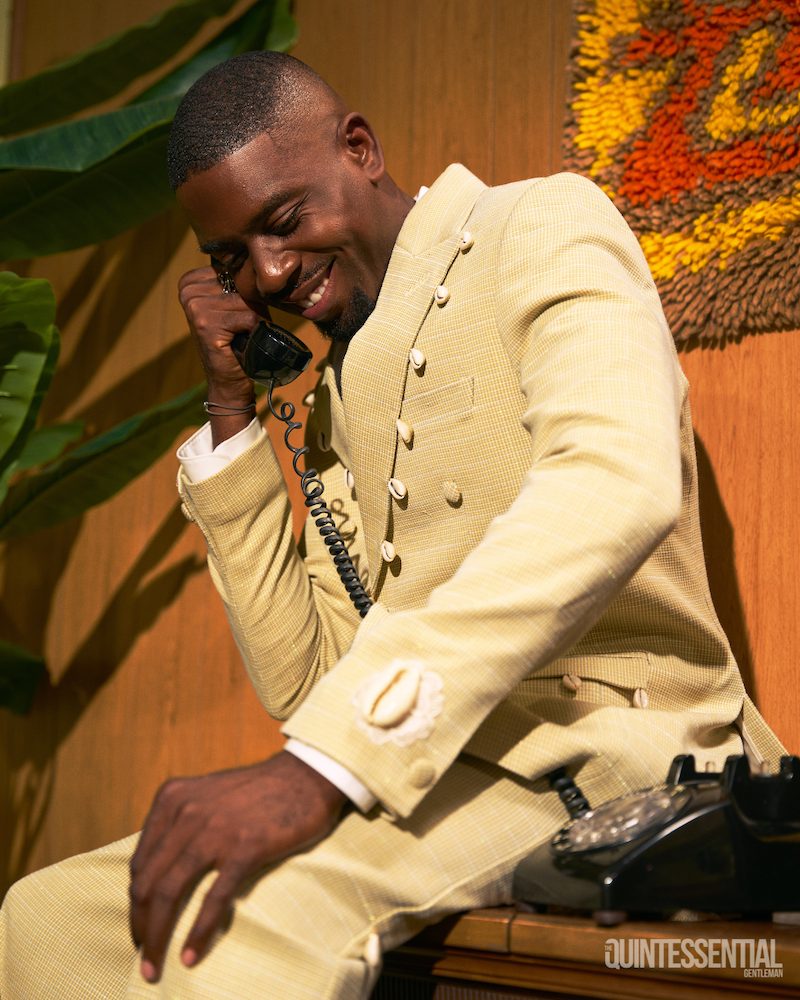
“Eleven Sixteen is my fashion brand. It’s my baby. It’s my life’s project. It’s a brand that allows me to fully express without restrictions, allows me to make what I want, when I want, where I want,” he says.
For Mozie, building Eleven Sixteen in Lagos is deeply personal—a full-circle moment that connects his roots to his global vision. The brand manages every step of production in-house, from growing cotton and weaving fabrics to cutting and sewing garments, ensuring authenticity and craftsmanship remain at the core.
What drives him most is the opportunity to collaborate with African artisans, channeling their skill and heritage into designs that reach the world stage.
“I go to these villages and I see these women spending hours and days making these beautiful fabrics,” Mozie shares. “And I take these fabrics and make it into a tailored suit. And that suit ends up on Colman Domingo or another superstar. That process for me, it never gets old. Every time, just to see like our products come from literally from the farm to the stadium. And that’s what our brand is about.”
Eleven Sixteen isn’t just about fashion; it’s about legacy, sustainability, and storytelling. The brand is dedicated to uplifting African and African-descent artisans, from Nigeria to Colombia, Brazil, the Dominican Republic, and Kenya. By bringing together these diverse creators, Eleven Sixteen becomes a collective expression of Black excellence, weaving their artistry, traditions, and innovation into garments that don’t just dress the body but tell a story.
For Mozie, it’s about more than fashion; it’s about building a global movement that honors heritage while shaping the future of luxury.

Mozie’s story is extraordinary, but he is quick to remind young creatives that the most powerful tool they have is already within them.
“Your greatest tool is your story. Your greatest tool is your perspective. Never shy away from digging deep to find that inspiration,” he says. “A lot of times, what’s going to be the aesthetic or the vibe or the look of the project is something that you’ve already been through and experienced. And it takes you having to come in with your personal story to elevate the project.”
As the fashion industry slowly reckons with its lack of diversity, Ugo Mozie is living proof that Black men can not only succeed but set the standard. He is part of a generation no longer waiting for permission to create, but instead building new tables where culture, creativity, and community meet.
From Nigeria to the Met Gala, Ugo Mozie is more than a stylist. He is a cultural force, weaving history, heritage, and innovation into every look he creates.
And with Eleven Sixteen, he’s reminding the world that the future of luxury fashion will not just be worn—it will be lived.
Photographer: Obidigbo Nzeribe
Lighting: Jacob Tran
Stylist: Ugo Mozie
Assistant Stylist: Shevy Oshea
Models: Simon Adde-Ngijol and Onochi
MUA: Paige Carter
Clothing: Eleven Sixteen
Graphic Designer: Tyline Burgess
Videographer: Leef Parks


